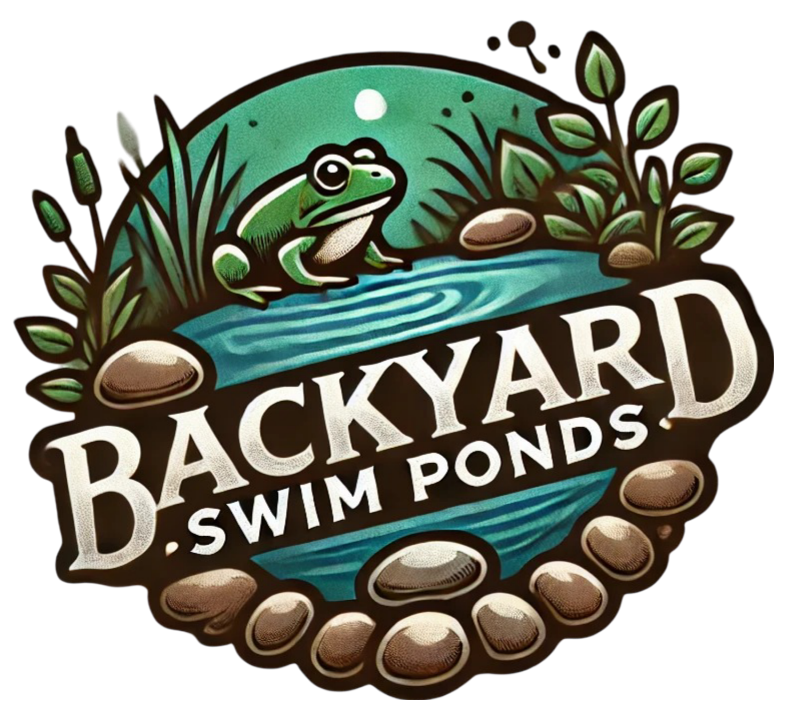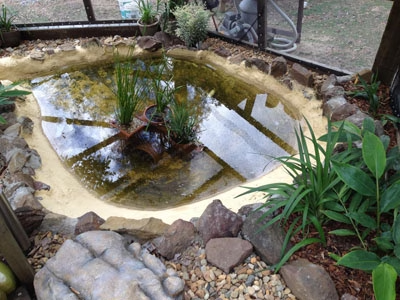Creating a frog-friendly pond habitat can enhance the beauty of your backyard while significantly contributing to local biodiversity. Frogs play an essential role in ecosystems by controlling insect populations and serving as indicators of environmental health. One of the primary benefits of having frogs in your backyard pond is their natural ability to manage pests, reducing the need for chemical interventions. Moreover, a well-designed frog habitat attracts other beneficial wildlife, making your garden a thriving ecosystem.
In this guide, you will discover the essential steps to create a frog-friendly pond habitat. You’ll learn about the specific needs of various frog species, eco-friendly practices, and how to establish an environment that promotes biodiversity. Whether you’re an experienced pond enthusiast or a new eco-conscious homeowner, this guide will provide you with practical advice and insights to nurture a lively pond ecosystem.
Let’s explore the key components of creating a frog-friendly oasis that not only supports amphibians but also enriches your experience in nature.
Designing the Perfect Pond for Frogs and Wildlife
The design of your pond significantly influences which frog species it can support and how well they thrive. To start, consider the size and depth of your pond. Research shows that larger ponds, particularly those over 1,000 square meters, can support a greater diversity of species. Additionally, deeper ponds provide vital overwintering habitats for frogs, increasing their survival rates during colder months.
When planning the shoreline design, opt for complexity. Ponds with irregular shapes and varying depths not only enhance their natural appearance but also improve habitation opportunities. According to studies, ponds with complex shorelines can host 27% more species than those with circular designs. Aim for 30-70% vegetation coverage; this mix will attract a diverse range of wildlife, provide hiding spots, and improve water quality.
American Bullfrog Habitat
Description: A vivid example of a healthy frog-friendly pond showcasing diverse habitats that attract amphibians. (Source: LFWSEQ)
You will want to create habitats that accommodate various frog species. The American Bullfrog, for instance, thrives in warm, vegetated waters and can be supported through careful pond design. Incorporating aquatic vegetation, such as water lilies, enhances your pond’s capacity to support different amphibians, including other species like the Wood Frog and Northern Leopard Frog.
In summary, consider both aesthetic appeal and ecological functionality when designing your frog pond. By focusing on these aspects, you will create not only an inviting space for frogs but also a sanctuary for countless other creatures.
Native Plants for a Thriving Pond Ecosystem
Integrating native plants into your pond habitat is essential for attracting frogs and maintaining a balanced ecosystem. Native plants provide shelter, breeding sites, and food sources that are crucial for frog survival. Research indicates that incorporating native aquatic and wetland plants significantly increases the likelihood of frog colonization in your pond.
Consider planting species such as cattails, bulrushes, and water lilies, which are commonly found in North American wetlands. These plants not only serve as ideal breeding grounds but also create habitats for dragonflies, natural predators of mosquito larvae. Dragonflies help maintain a balanced ecosystem by controlling mosquito populations around your pond.
Recommended Native Plants

Description: An illustrative depiction of native plants that enhance frog habitats within ponds, promoting biodiversity and ecosystem health. (Source: Grow Native)
Creating a vegetation buffer strip around your pond can further promote biodiversity. This strip acts as a natural filtration system, filtering runoff and enhancing water quality, while providing a transition zone for different species. By integrating native flora, you not only improve habitat structure but also strengthen the local ecosystem, ensuring frogs have a safe place to thrive.
With the right mix of native plants in your pond, you will establish a vibrant habitat that attracts frogs and enriches your enjoyment of the natural environment.
Controlling Mosquitoes Naturally while Protecting Frogs
Managing mosquito populations in a frog-friendly pond can be effectively accomplished without resorting to harmful chemicals. You can implement several eco-friendly methods to keep these pests at bay while safeguarding the delicate balance of your pond ecosystem.
One effective method is to use Bacillus thuringiensis israelensis (BTI), a naturally occurring bacterium that specifically targets mosquito larvae without harming frogs or other wildlife. BTI can be applied as granules in areas with stagnant water, successfully controlling mosquito populations naturally. Additionally, introducing native plants will create habitats for mosquito predators like dragonflies and frogs.
Natural Mosquito Control Infographic
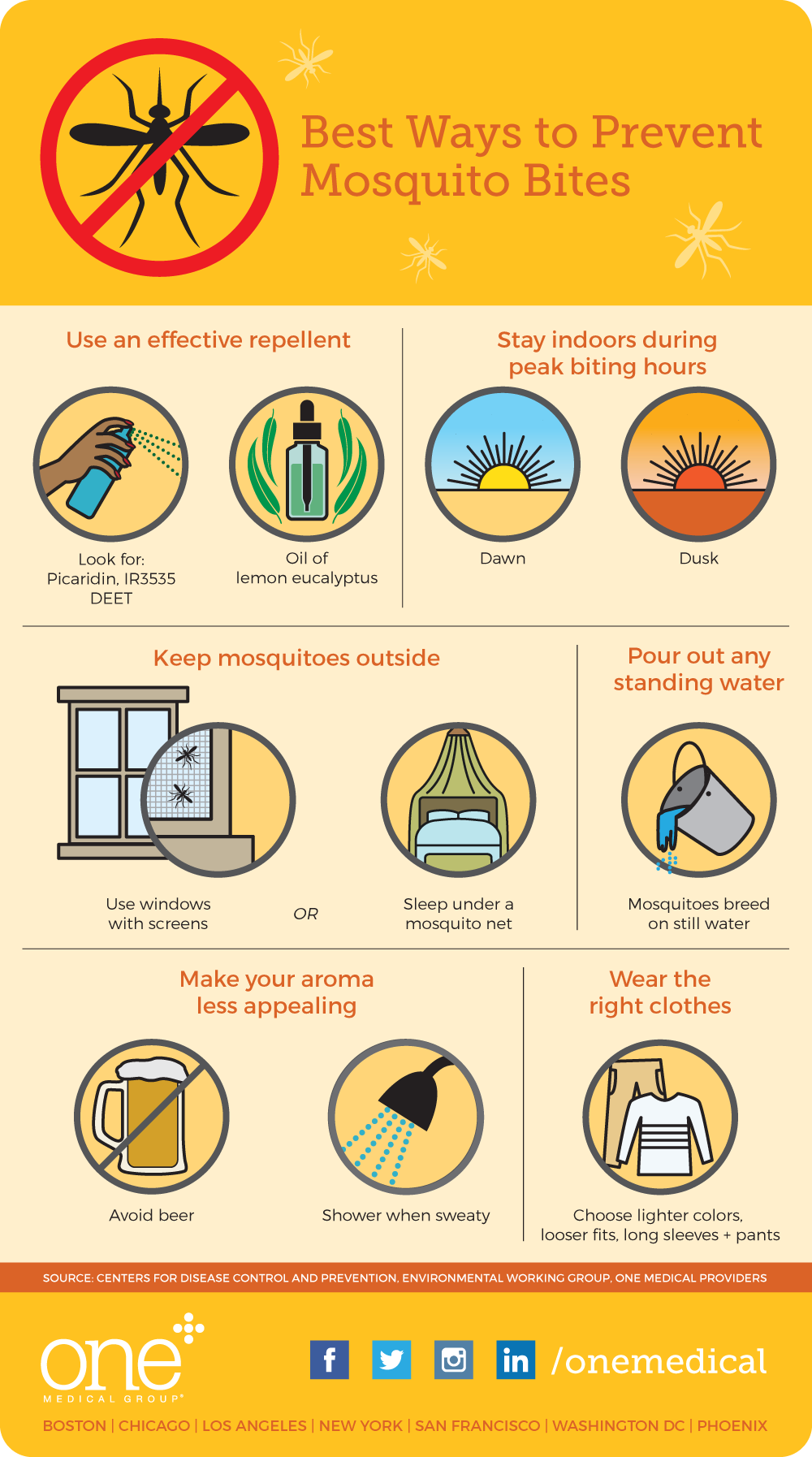
Description: An informative infographic detailing natural mosquito control methods that can be beneficial in maintaining a frog-friendly ecosystem. (Source: One Medical)
Maintaining a healthy pond ecosystem is another crucial practice. A diverse pond with deep sections and various plants helps limit mosquito larvae by providing habitats for natural predators. Regularly monitoring and maintaining the vegetation will ensure that your pond remains a safe haven for frogs while keeping mosquito populations manageable.
By focusing on natural solutions that work in harmony with your pond’s ecosystem, you can effectively manage mosquitoes while fostering the health of your frogs.
Navigating Local Regulations for Your Wildlife Pond
Creating a wildlife pond involves understanding local regulations and permits. Each municipality may have its own set of rules regarding pond construction, so it’s essential to conduct your research beforehand. Some areas allow small ponds without requiring a permit, while others may require extensive documentation for larger bodies of water.
Consulting with local authorities will help you understand the specific types of permits you may need, including zoning/building permits or environmental impact assessments. In certain cases, ponds larger than 1,000 square feet may require permits, while some areas may have exemptions for agricultural ponds.
Flowchart for Creating Wildlife Pond Permits
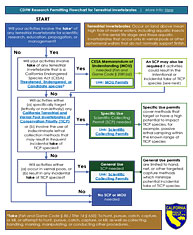
Description: A thorough flowchart illustrating the permitting process for constructing wildlife ponds, aiding homeowners in understanding local regulations. (Source: California Department of Fish and Wildlife)
Being informed about local regulations can expedite the pond creation process and ensure compliance with environmental protection guidelines. Engaging with your community by attending local meetings can provide further insight into these regulations and foster support for your frog-friendly initiatives.
By being well-informed and proactive, you can successfully create a wildlife pond that is both compliant with regulations and beneficial to the local ecosystem.
Common Challenges and Solutions for Frog-Friendly Ponds
While establishing a frog-friendly pond is certainly rewarding, it does come with its challenges. Many homeowners face issues such as algae overgrowth, poor water quality, and invasive species that can threaten the pond’s delicate ecosystem.
One common challenge is managing excessive algae, which can outcompete native plants and degrade water quality. To combat this, consider planting a mix of emergent vegetation that can consume the nutrients algae thrive upon. Research suggests that maintaining a vegetation cover of 30-70% can effectively mitigate algae growth.
Before-and-After Successful Algae Management
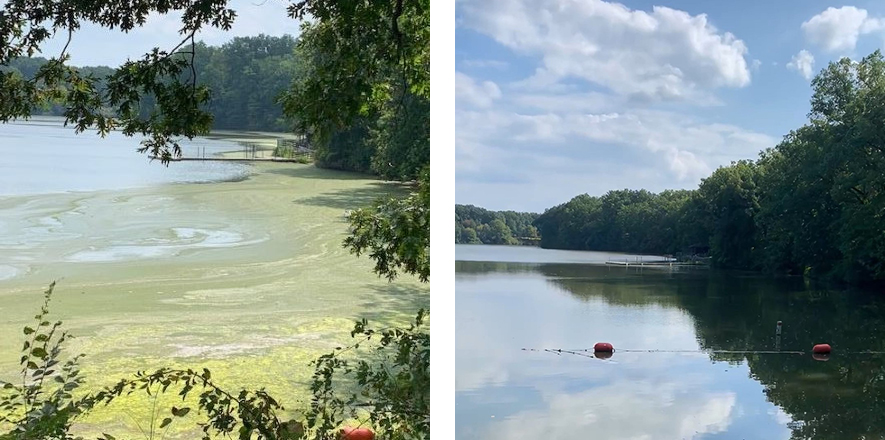
Description: A compelling before-and-after image demonstrating the effectiveness of algae management strategies within a pond environment. (Source: NOAA)
Another frequent issue is maintaining proper water quality. Regularly testing the pH levels and avoiding chemical treatments will help preserve the ecosystem’s health. If you encounter predator issues, such as fish preying on frog populations, it is advisable to avoid introducing fish to your pond and instead create shallow areas that provide safe resting spots for tadpoles.
By anticipating these common challenges and implementing effective, environmentally-friendly solutions, you can create not only a thriving frog habitat but also a balanced ecosystem that benefits all inhabitants.
Creating an Educational Experience with Your Pond
Your pond can serve as an excellent educational tool, especially for children. Establishing a routine around your pond can foster an appreciation for nature and promote environmental stewardship.
Encouraging children to observe and record wildlife activity around the pond enhances their understanding of ecosystems. Consider setting up interactive activities, such as frog call identification or tadpole monitoring, to engage their curiosity.
Family Engaging with Nature Near a Backyard Pond
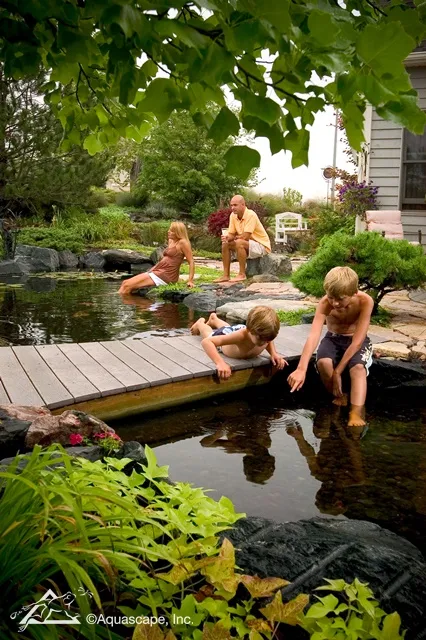
Description: A family enjoying their time around a backyard pond, highlighting the educational and experiential opportunities it provides for children. (Source: Aquascape)
Establishing a small library of resources, like local wildlife guides, can make these activities even more engaging. Parents can encourage children to create mini-reports on the pond’s inhabitants, promoting hands-on learning that connects them with the natural world.
By fostering an interest in ecology, you can inspire a caring attitude toward the environment, ensuring that your frog-friendly pond serves not only as a resource but also as a platform for ecological education.
Sustaining Your Froggy Habitat Year-Round
Creating a frog-friendly pond is not a one-time task; it requires ongoing maintenance to keep the habitat viable throughout the seasons. A solid seasonal maintenance calendar can guide your actions all year long.
Regular tasks should include checking water quality, monitoring vegetation health, and refreshing plant areas. Aim to maintain a pH level between 6.5 and 7.5, which research shows supports the greatest diversity of frog species.
Seasonal Pond Maintenance Tasks Calendar

Description: A comprehensive calendar graphic showcasing seasonal tasks required to maintain a healthy pond ecosystem throughout the year. (Source: Aqua Garden)
Focus on pruning back overgrowth in the fall and cleaning the pond to prepare it for winter. Leaving some leaf litter and debris can provide shelter for overwintering frogs, ensuring their safe return in the spring. Be cautious not to drain the pond completely, as many tadpoles may need to remain in the shallows to survive the winter.
By actively maintaining your pond, you will not only ensure a sustainable habitat for frogs but also enrich the overall biodiversity of the surrounding ecosystem.
Conclusion
Creating a frog-friendly pond habitat can be one of the most rewarding projects for you and your backyard. By understanding the specific needs of various frog species and implementing best practices for pond design, native planting, and maintenance, you will foster a vibrant ecosystem that benefits not only frogs but also a multitude of wildlife.
As you navigate local regulations and overcome common challenges, you empower yourself to create a sustainable and thriving habitat. Additionally, by integrating educational activities related to your pond, you cultivate an appreciation for nature that can inspire lifelong stewardship in younger generations.
With the right approach, your frog pond can become a beautiful retreat, a vital ecological resource, and a cherished learning experience, enhancing your connection to the natural world right in your backyard.
